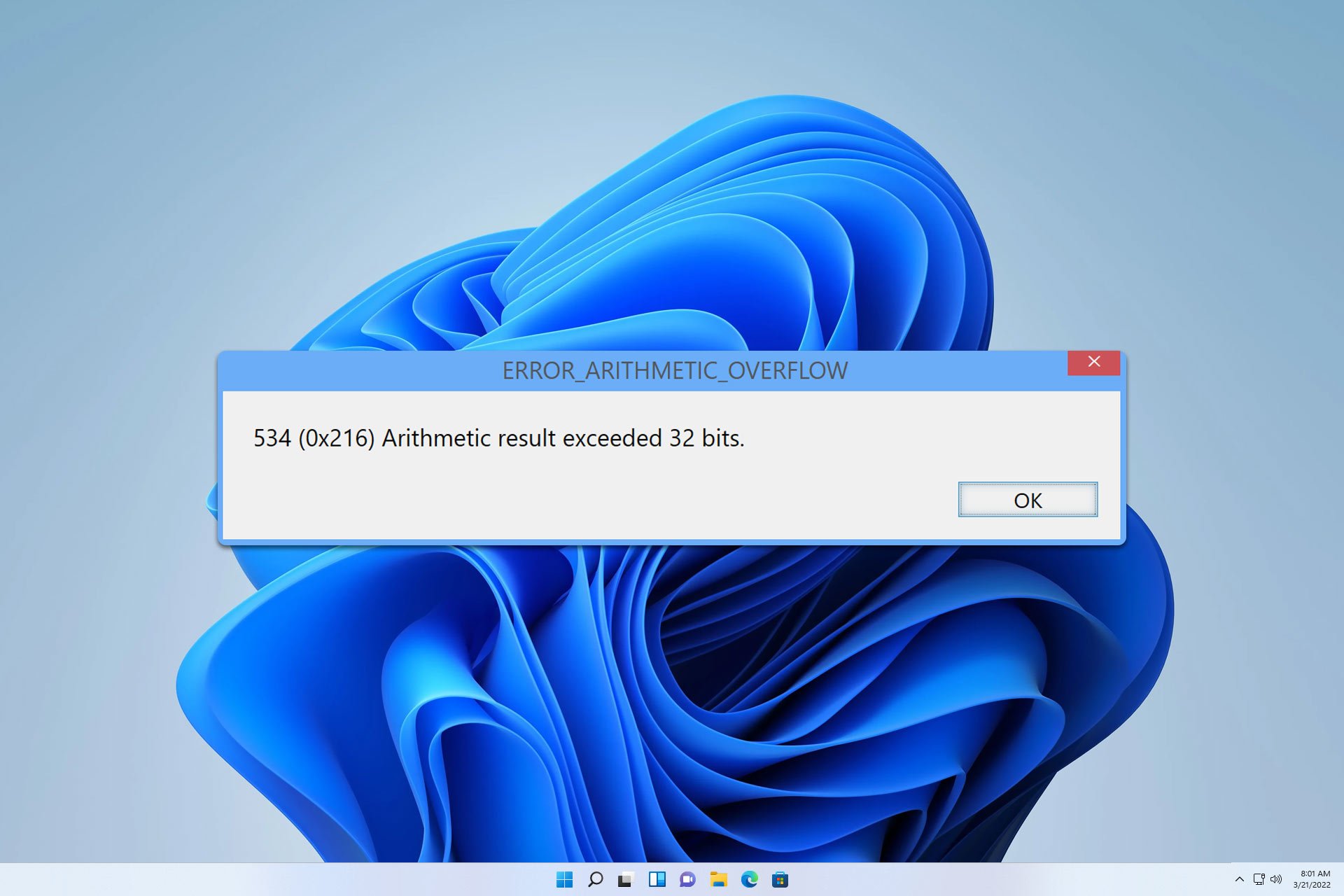Microsoft researchers believe the future of data centers may be under the sea
3 min. read
Published on
Read our disclosure page to find out how can you help Windows Report sustain the editorial team. Read more

What if the future of data centers may be under the sea? At Microsoft, the team of researchers behind Project Natick think it is not a crazy idea, and they actually recently tested a prototype of a self-contained data center that can function hundreds of feet below the surface of the ocean.
Of course, Microsoft researchers had to run into many obstacles, including environmental concerns and unforeseen technical issues, but they think it’s all worth it because the rewards could be great.
Like all tech companies who run online services, Microsoft is always looking for ways to add more power to its cloud computing systems. The company is already managing more than 100 data centers around the globe, but building more data centers is a long and expensive task. So, Microsoft researchers wanted to solve this problem and design a new type of data centers that could be deployed faster: according to the team, if the company could mass produce these news undersea data centers, they could shorten the deployment from two years to just 90 days.

This breakthrough could also bring many environmental benefits: first of all, remind that data centers need a lot of energy to power your Internet needs. They also need to be cooled, either by air-conditioning or liquid cooling. So, putting data centers undersea could fix that expensive problem, plus the sea could also be used to generate renewable electricity, either via a turbine or a tidal energy system.
Microsoft also explains that these Natick data centers could be used for at least 20 years, with 5-year redeployment cycles, before having to be retrieved and recycled.
And what about customer benefits? According to Microsoft researchers, these undersea data centers could be more efficient if they’re installed closer to big urban centers, as that can guarantee lower delays and latency for your favorite Internet services.
As many things could go wrong with such a breakthrough project, Microsoft researchers monitored the prototype container with cameras and various sensors to record data like temperature, humidity, the amount of power being used for the system, etc. Norm Whitaker, head of special projects for Microsoft Research NExT, explains: “The bottom line is that in one day this thing was deployed, hooked up and running. Then everyone is back here, controlling it remotely. A wild ocean adventure turned out to be a regular day at the office. This is speculative technology, in the sense that if it turns out to be a good idea, it will instantly change the economics of this business. There are lots of moving parts, lots of planning that goes into this. This is more a tool that we can make available to data center partners. In a difficult situation, they could turn to this and use it.”
Project Natick is still currently at the research stage, as the team is thinking about the project’s next phase, which could include a vessel four times the size of the current prototype with as much as 20 times the compute power.
We’re always amazed to see Microsoft execute on great ideas, and we can’t wait to see how Microsoft will take this project to the next level! If you want to know more about Project Natick, don’t hesitate to check the dedicated website.








User forum
0 messages